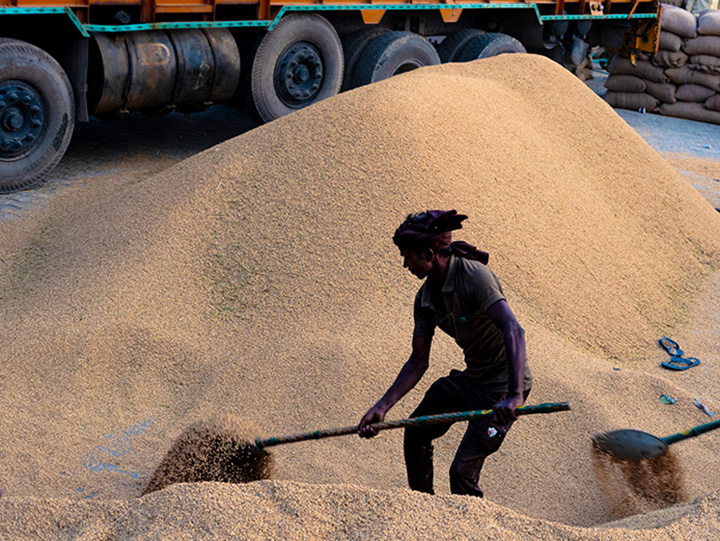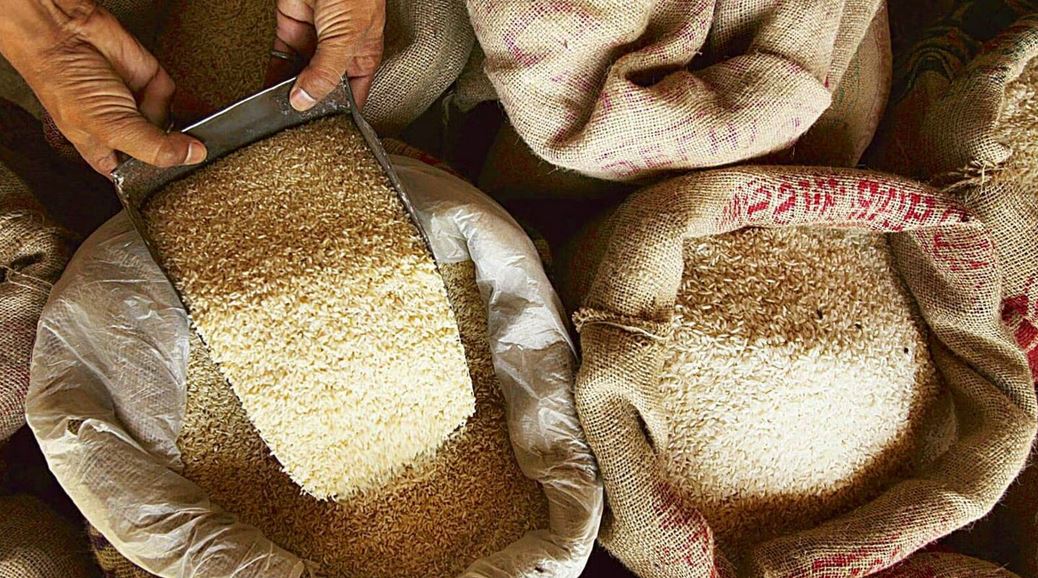Tags
Pakistani rice market set for bullish 2024 but downside risks loom
HIGHLIGHTS
USDA forecasts rice exports at new record of 5 mil mt in MY 2023-24
Forex volatility, high interest rates pose challenges for exporters
Basmati market stable but prices to be lower compared to 2023
The Pakistani rice market looks set for a strong 2024, carrying over the positive mood from the second half of 2023, although there remains some caution over downside risks from macroeconomic conditions and the possibility of India relaxing its restrictions on rice exports.
After a slow start to last year in the aftermath of 2022’s devastating floods, India’s non-Basmati white rice export ban in July, a near-record crop production and large exportable surplus, and competitive prices, Pakistan’s rice market saw a surge in exports in the second half.
That pace is expected to continue into 2024. The US Department of Agriculture forecasts Pakistani milled rice production to increase 64% year on year to 9 million mt in the marketing year 2023-24 (November-October), which would be the second-largest crop ever, marginally below the record 9.3 million mt crop in MY 2021-22.
Rice exports are forecast to reach a new record of 5 million mt in MY 2023-24, surpassing the 4.8 million mt achieved in MY 2021-22.
Demand likely to be firm
“India’s export ban has helped Pakistani exporters. We see many buyers from Africa and the Far East who used to buy Indian rice in Pakistani market,” one exporter said, adding that they expect the trend to continue until there is a relaxation in India’s rice export policy.
A large exportable surplus has helped Pakistani exporters to offer competitive prices in the international market, but prices are likely to bullish due to an increase in demand.
“There are concerns about the crop output [in 2024] from Southeast Asia due to El Nino,” a second exporter noted.
Several trade sources said that Iran is also likely to buy Pakistani rice in the first half of 2024.
Chinese demand meanwhile was muted in the last quarter of 2023.
“China is an opportunity buyer. If they can make their usual margin, then they will import,” a trader based in Karachi said, adding that due to high global prices no Chinese buying was likely until Q4 2024.
African destinations are expected to remain the leading export markets for non-Basmati rice. In these markets, Pakistan has a logistical advantage, plus more competitive FOB prices, compared to Southeast Asian suppliers.
However, freight rates from Pakistan to West Africa, Europe and North America rose sharply as major shipping firms suspended Red Sea transits due to attacks on shipping by Yemen-based Houthi militants. If the Red Sea issue remains unresolved many exporters expect buyers to delay their purchases in the first quarter.
Freight rates to the EU will increase with the introduction of a surcharge following EU Emissions Trading System (ETS) coming into force effective Jan. 1, 2024.
Downside risks loom
The rally in the Pakistani rice market was largely fueled by the Indian export ban and “even a rumor of India lifting ban will lower the market,” one exporter said. “We are cautious with our offers; with the surplus crop we have the bandwidth to play it safe this year,” the exporter added.
However, another exporter said that they did not expect India to change its stance until the general elections, expected to be in May, so it may not have an impact on the Pakistani market as the 2023 non-Basmati crop would be mostly sold out by then.
With exporters and millers relying on short-term bank credit, a drop in global rice prices could hurt the rice industry significantly, trade sources said. “Bank interest rates are above 20% now and carrying costs are high due to high inflation. It is already difficult to hold on to stocks. A downturn in global prices can make things worse,” a broker said.
Foreign exchange volatility is another concern among market participants. “Forex volatility [in 2023] made it difficult for many exporters to make forward contracts. We still don’t know where the rupee is heading. It’s a gamble,” the broker said, adding that the outcome of IMF’s bailout package and the elections scheduled in February would have an influence on the stability of Pakistani rupee.
Basmati market to be stable
With a good 2023 Basmati crop, market participants expect consistent supply and demand all throughout the upcoming year. Though demand was slow towards the end of 2023, it is likely to pick up in the first quarter of 2023. The EU and Middle East would continue to be the main Pakistani Basmati markets.
However, Basmati prices in 2024 may not be as high as they were in 2023, market participants said. Basmati supply was tight early in 2023 due to the floods in 2022, pushing prices up. Basmati prices dropped significantly towards the last quarter of 2023. Platts assessed Pakistani Super Kernel Brown Basmati 2% at $824/mt FOB FCL on Dec. 29 against $1,600/mt FOB FCL on Jan. 13.
The increase in freight rates to the EU is also likely to weigh on the Basmati export prices. Meanwhile, the higher minimum export prices of Indian Basmati are likely to benefit the Pakistani Basmati exports with many buyers already shifting to the market.
https://www.spglobal.com/commodityinsights/en/market-insights/latest-news/agriculture/010324-pakistani-rice-market-set-for-bullish-2024-but-downside-risks-loomPublished Date: January 3, 2024






